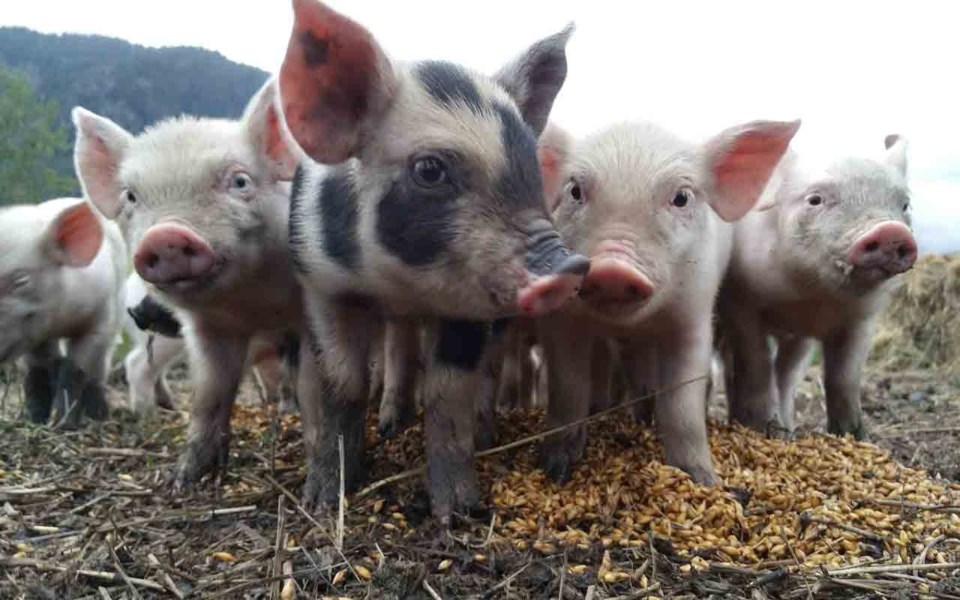Pemberton farmers are voicing their opposition to a proposed set of Squamish-Lillooet Regional District (SLRD) bylaws that have already received second reading.
"Typically, farmers, if they wanted to do anything on their farmland, would have to deal with the Agricultural Land Commission, which is a provincial body," explained Kevin Damaskie, a new farmer who penned a letter to the SLRD on behalf of 21 others.
"What they're very anxious about right now is the potential of the local government, the SLRD, adding another encumbering layer of process, zoning, bylaw, regulation."
The affected farms surround the Village of Pemberton (VOP) and are located in a part of SLRD Electoral Area C known as the Pemberton Fringe. The SLRD is seeking to update the area's bylaws, making them better reflect current Agricultural Land Commission (ALC) rules and regulation as well as its own rules for agricultural lands.
Damaskie and others, however, have raised concerns about certain elements of the bylaws, saying they will restrict home-based businesses. "Telling someone what they can't do always inspires them to do something that they can, even if they're not permitted to do it," he said.
But according to the SLRD, staff has proposed a new "agricultural home-based business" use for the zone, which would mirror current regulation and increase the number of non-family employees farms can have from one to two.
Another contentious element of the bylaws are so-called "farm residential footprint" guidelines, which aim to guard against non-farmers buying up farms and turning them into defacto estates.
VOP mayor and SLRD board member Mike Richman sees value in the guidelines, which have been endorsed by the Area C Agricultural Advisory Committee.
"People can come up to Pemberton and buy a wonderful 10-acre parcel, or whatever size, plunk a big house in the middle on a winding driveway, and it looks very nice. But with such developments, you're essentially making the land a lot less productive," he said.
The guidelines include a maximum gross floor area for a dwelling of 350 square metres, and a requirement that there be a maximum setback from the front parcel line to the rear of the house of 75 metres.
Damaskie—who said all the area's residents are committed to maintaining their farmland—said that the requirements are onerous. "I personally feel that (they are) a reaction to real-estate forces, where people buy a farm and build a meandering driveway into the field and build a trophy house," he said, adding that he feels farmers should have the discretion to choose where it makes sense to build their homes. "Many people think that that limits the farmability of that property. Whether that's the case or not is debatable."
According to SLRD Chair Jack Crompton, the majority of the new bylaws reflect ALC rules and regulations. "There are very few SLRD regulations," said Crompton. "The ones that are being added—the residential footprint and the minimum parcel size—are recommendations of the ALC for local governments to adopt."
Though the zoning amendment has made it through its second reading, Crompton said there is still time for public engagement and encourages the public to come to an April 11 public information meeting. "We have heard the residents loud and clear, and that's why we decided to have a second public hearing and push back the open house," he said. "We want to give our residents as much opportunity to understand what's being proposed and to make changes."
A public information meeting on Electoral Area C Zoning Amendment Bylaw No. 1549-2017 will be held on April 11 from 6:30 p.m. to 9 p.m. in the Great Hall at the Pemberton and District Community Centre (7390 Cottonwood St.).




